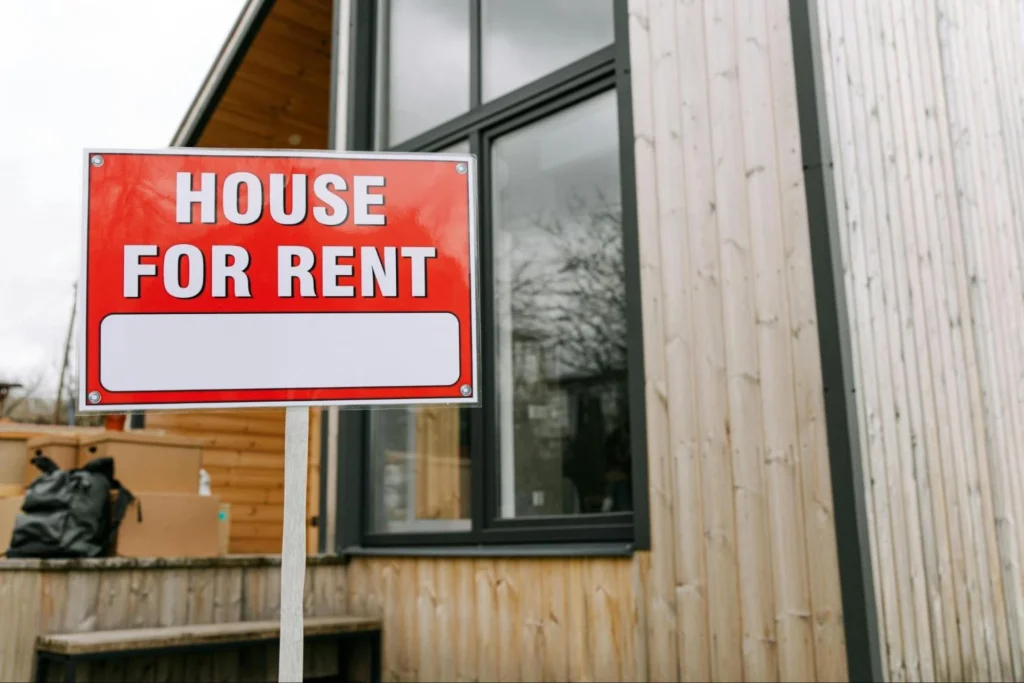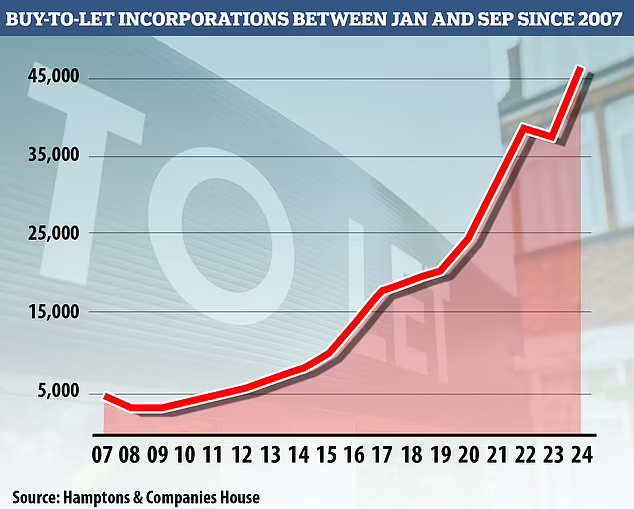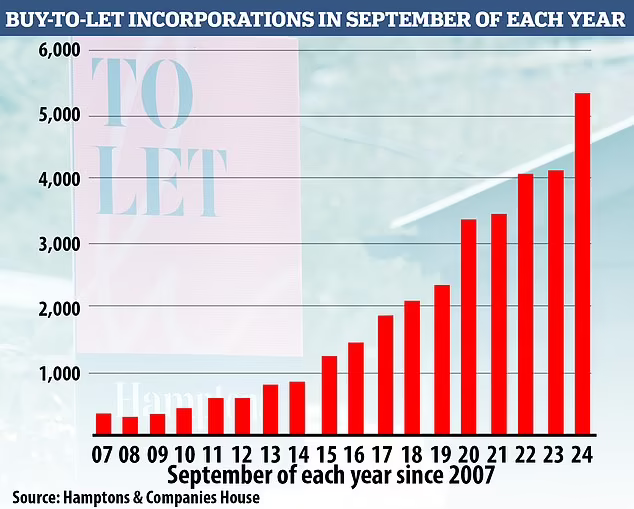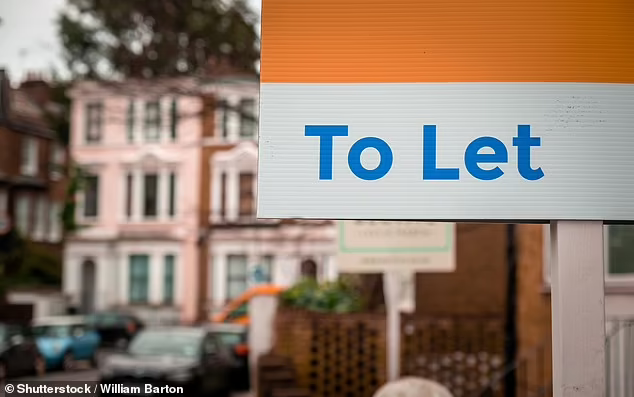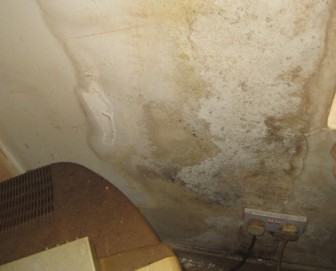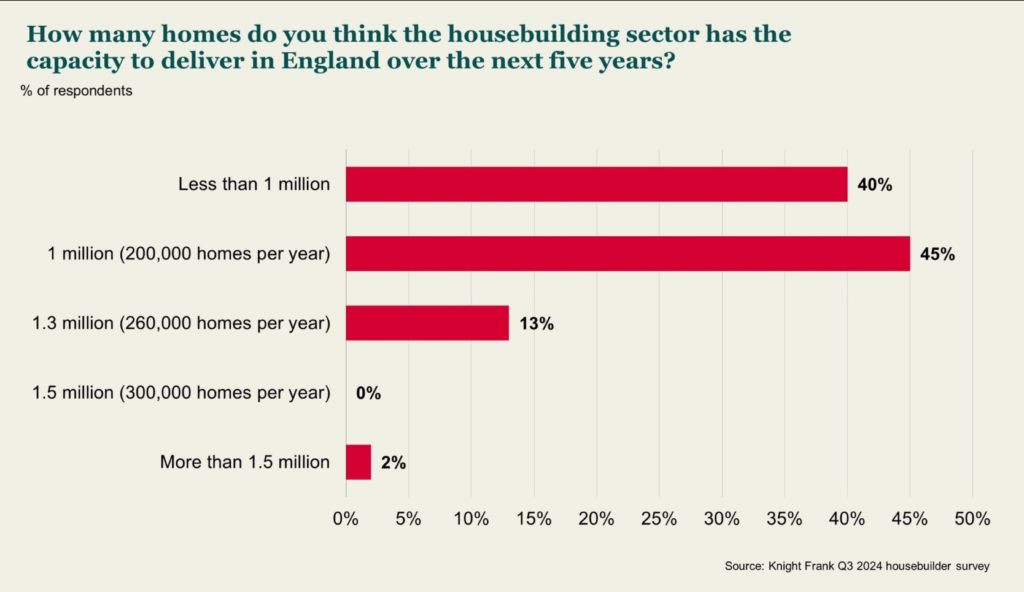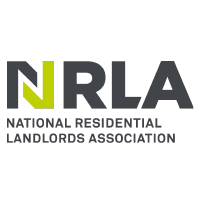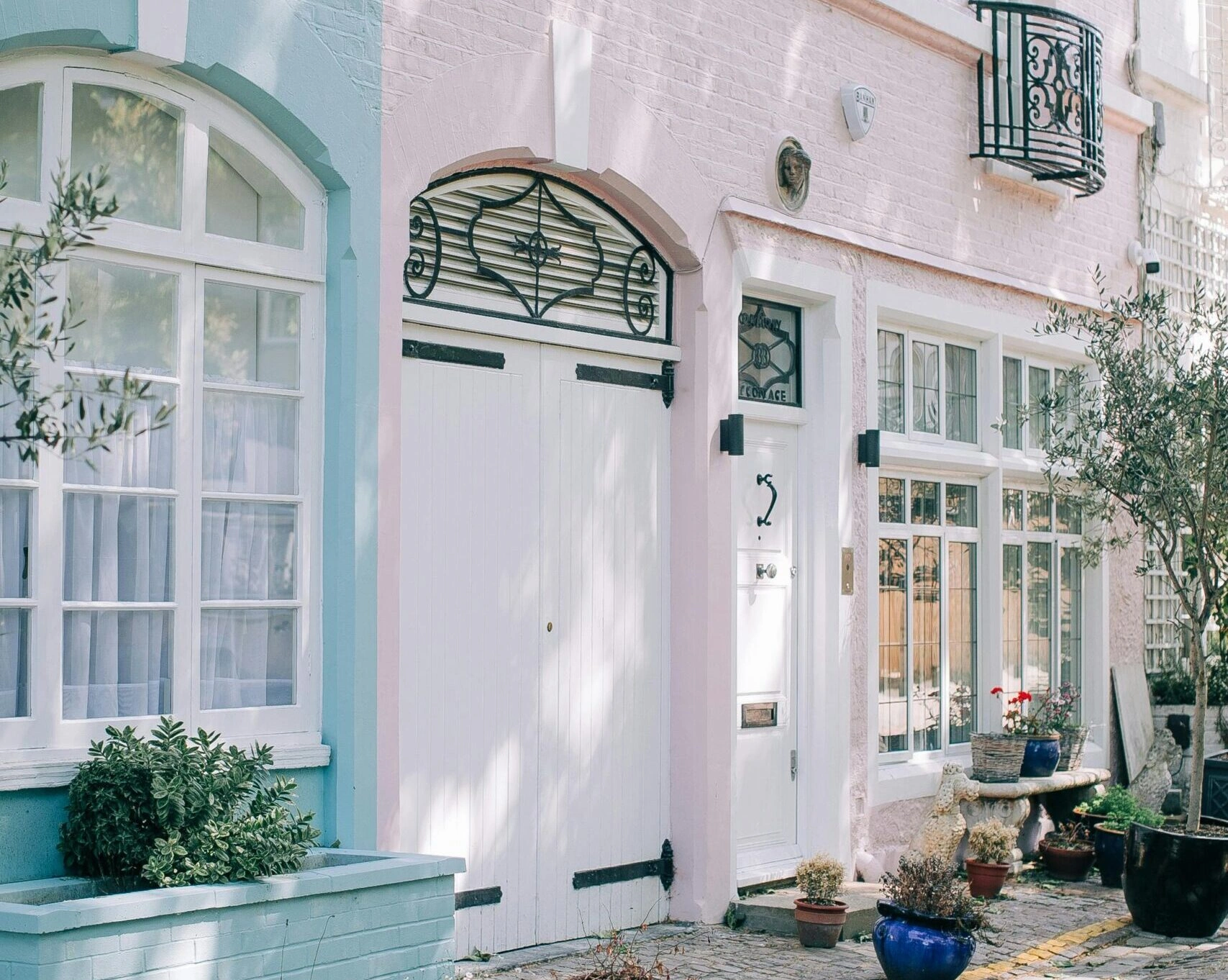
London is one of the most iconic and sought-after cities in the world, known for its rich history, vibrant culture, and endless opportunities. But when it comes to buying a home in this bustling metropolis, many prospective buyers are often left wondering, “How much does it actually cost to own a property here?” In this guide, we’ll explore the various aspects of purchasing a house in London, what you can expect to pay, and provide essential tips for those searching for homes. We’ll also take a closer look at the diverse areas of London and the range of prices you might encounter when looking at houses for sale in London.
The London Property Market: An Overview
London’s property market is known for its diversity, with prices ranging significantly depending on location, property type, and size. As of 2024, the average price of a house in London is around £525,000, but this figure can vary widely. While some areas of London see property prices well below the city average, others, especially in Central London, can command prices well into the millions.
Factors Affecting House Prices in London
- Location: One of the biggest influences on property prices in London is the location. Central areas like Kensington, Chelsea, and Westminster are notoriously expensive, with average house prices ranging from £2 million to £5 million. On the other hand, outer zones like Barking, Croydon, and Bromley are more affordable, with average prices ranging from £350,000 to £600,000. Proximity to amenities, schools, parks, and transport links also affects the value of properties significantly.
- Property Type: Whether you are looking at terraced houses, semi-detached homes, or detached properties, the type of house you choose will also influence the cost. Flats are more common in central areas and are typically less expensive than houses. However, larger family homes, such as detached or semi-detached houses, can be found in suburban areas or on the outskirts of the city, where the cost per square foot is lower.
- Size and Condition: The size of the property and its condition will greatly impact the price. Larger homes with more bedrooms, gardens, and other amenities will be priced higher than smaller, less-equipped properties. Newly renovated or modern homes are generally more expensive than older properties that might need work.
- Market Demand: The London property market is competitive, and this demand drives up prices. Areas that are popular with professionals, families, or international buyers often see higher prices due to increased competition. For example, prime locations such as Mayfair and Knightsbridge see consistent demand, keeping prices high.
- Economic Factors: Economic conditions, including interest rates and housing policies, also affect property prices. Periods of low interest rates often see a surge in buying activity, driving up property prices due to increased affordability of mortgages.
Average House Prices in London by Area
| Area | Average House Price (2024) |
| Central London (e.g., Kensington, Chelsea) | £2,000,000 – £5,000,000 |
| North London (e.g., Camden, Islington) | £750,000 – £1,500,000 |
| East London (e.g., Stratford, Hackney) | £500,000 – £900,000 |
| South London (e.g., Clapham, Wimbledon) | £650,000 – £1,200,000 |
| West London (e.g., Hammersmith, Ealing) | £800,000 – £1,800,000 |
| Outer Zones (e.g., Croydon, Bromley) | £350,000 – £600,000 |
These average prices give a snapshot of what you might expect when searching for homes in different parts of London. Let’s dive into some of these areas to provide a clearer understanding of the property landscape.
Popular Areas to Buy a House in London
1. Central London
Buying a property in Central London means being at the heart of the action. This area is characterized by luxury apartments, historic townhouses, and stunning penthouses. However, these properties come at a premium price.
- Kensington & Chelsea: Known for its luxurious homes, high-end shopping, and proximity to some of London’s best schools. Average house prices here are among the highest in the city, ranging from £2 million to £5 million.
- Mayfair: Another exclusive neighborhood, home to embassies, upscale hotels, and luxury boutiques. Properties here can easily surpass £5 million, especially for penthouses or large townhouses.
2. North London
North London offers a mix of vibrant culture and residential areas, with neighborhoods that are ideal for families, professionals, and artists alike.
- Camden: Famous for its markets and music scene, Camden offers a mix of period properties and modern flats. Average house prices are around £800,000.
- Islington: A trendy area with a mix of Georgian townhouses, Victorian terraces, and modern apartments. Homes here can range from £750,000 to £1.5 million.
3. East London
Known for its creative vibe and rapid development, East London has become a hotspot for young professionals and families.
- Shoreditch: Trendy, artsy, and filled with life, Shoreditch has seen significant growth in the last decade. Expect to pay between £600,000 and £1 million for a home here.
- Stratford: Known for its regeneration following the 2012 Olympics, Stratford offers more affordable housing options, with prices ranging from £450,000 to £800,000.
4. South London
South London is known for its parks, community vibe, and a good balance of city life with suburban peace.
- Clapham: Popular with young professionals and families, offering good schools, parks, and a vibrant nightlife. Average prices are around £700,000 to £1.2 million.
- Wimbledon: Famous for the annual tennis tournament, Wimbledon is a peaceful, green suburb with excellent schools. Expect to pay between £900,000 and £1.5 million.
5. West London
West London offers a range of properties, from elegant townhouses to more affordable options in suburban areas.
- Hammersmith: Well-connected with a mix of cultural attractions and residential areas. Average house prices range from £800,000 to £1.5 million.
- Ealing: Known for its green spaces and Victorian homes, Ealing is more affordable than central West London, with prices around £600,000 to £1 million.
Additional Costs When Buying a House in London
- Stamp Duty: A significant cost to consider is stamp duty, a tax that is calculated based on the property price. Rates vary but can add up to tens of thousands of pounds, especially for properties over £1 million.
- Legal Fees: Conveyancing fees are typically between £1,000 and £3,000, depending on the complexity of the purchase.
- Surveys and Inspections: These are crucial to ensure the property is in good condition, with costs ranging from £300 to £1,500.
- Mortgage Fees: Additional costs may include arrangement fees for mortgages, which can be around £1,000.
Tips for Searching for Homes in London
- Determine Your Budget: Before you start your search, set a realistic budget. Consider not just the price of the house but also the additional costs involved.
- Choose the Right Location: Think about your priorities—proximity to work, schools, parks, or nightlife. London is vast, and each area offers something different.
- Use Reliable Platforms: When searching for homes, ensure you use reputable platforms that list verified properties. This will save time and ensure you are viewing genuine listings.
- Visit the Neighborhood: Spend time in potential neighborhoods to get a feel for the area. Check local amenities, transport options, and general vibe.
- Consider Professional Help: Buying a home is a big investment, and professional estate agents can help you navigate the market, especially if you are new to the city.
How to Find the Best Houses for Sale in London
When looking for houses for sale in London, it’s essential to work with trusted estate agents who understand the local market and can provide tailored advice. Online property platforms are a good starting point, but connecting with professionals can provide exclusive insights, off-market properties, and smoother negotiations. A company like Homesearch Properties can offer a personalized service, ensuring you find the perfect home based on your needs and budget.
Ready to find your dream home in London? Let Homesearch Properties help you navigate the exciting yet complex world of houses for sale in London. Our team of dedicated experts is here to assist you every step of the way, from identifying the perfect neighborhood to securing the best deal.
Whether you’re a first-time buyer or looking to upgrade, we make searching for homes easier and more efficient. Contact us today to get started on your journey to owning a home in one of the world’s greatest cities!
Visit our website at Homesearch Properties or call us at [Phone Number] to explore our listings and find your perfect home in London!
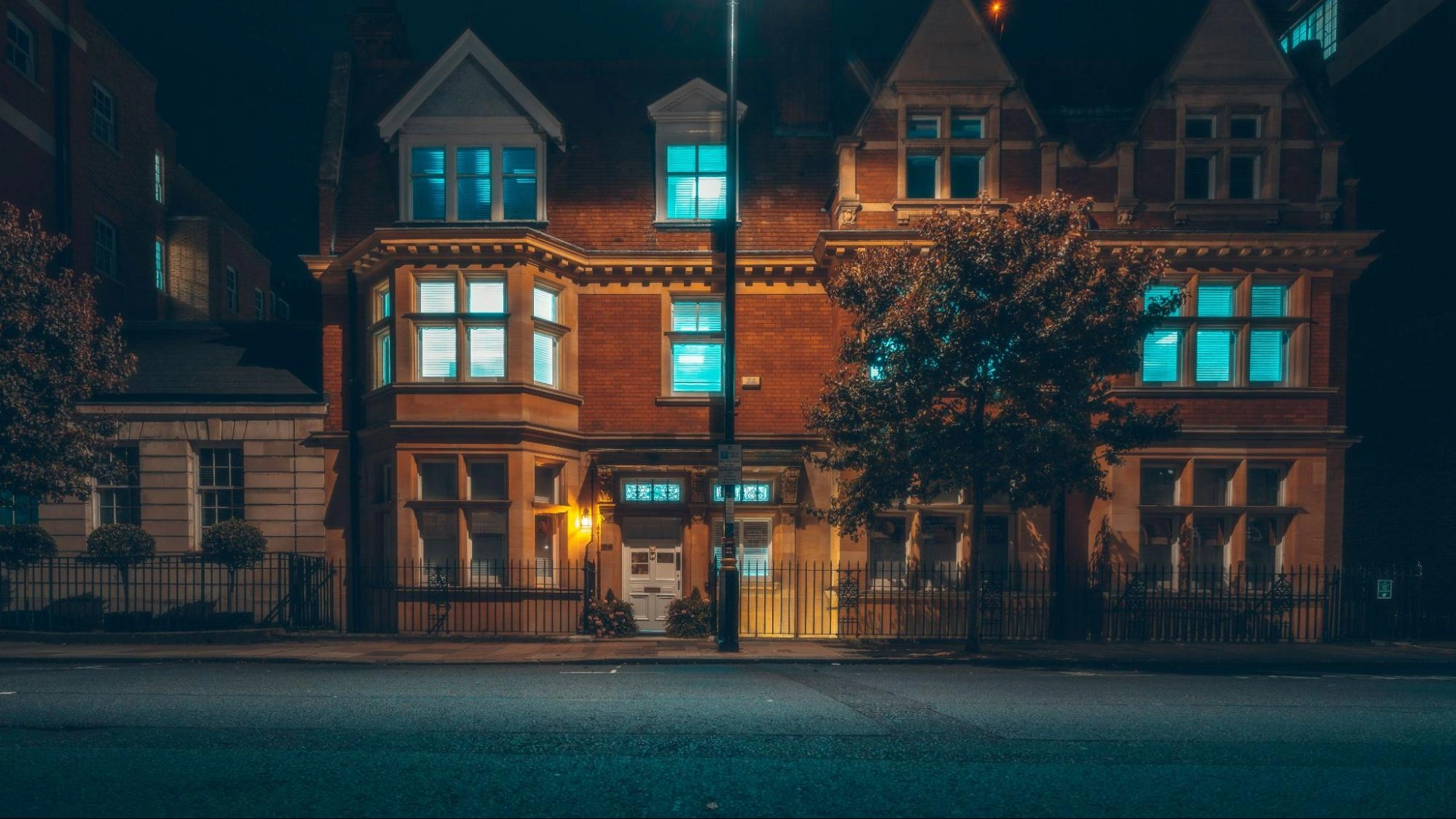
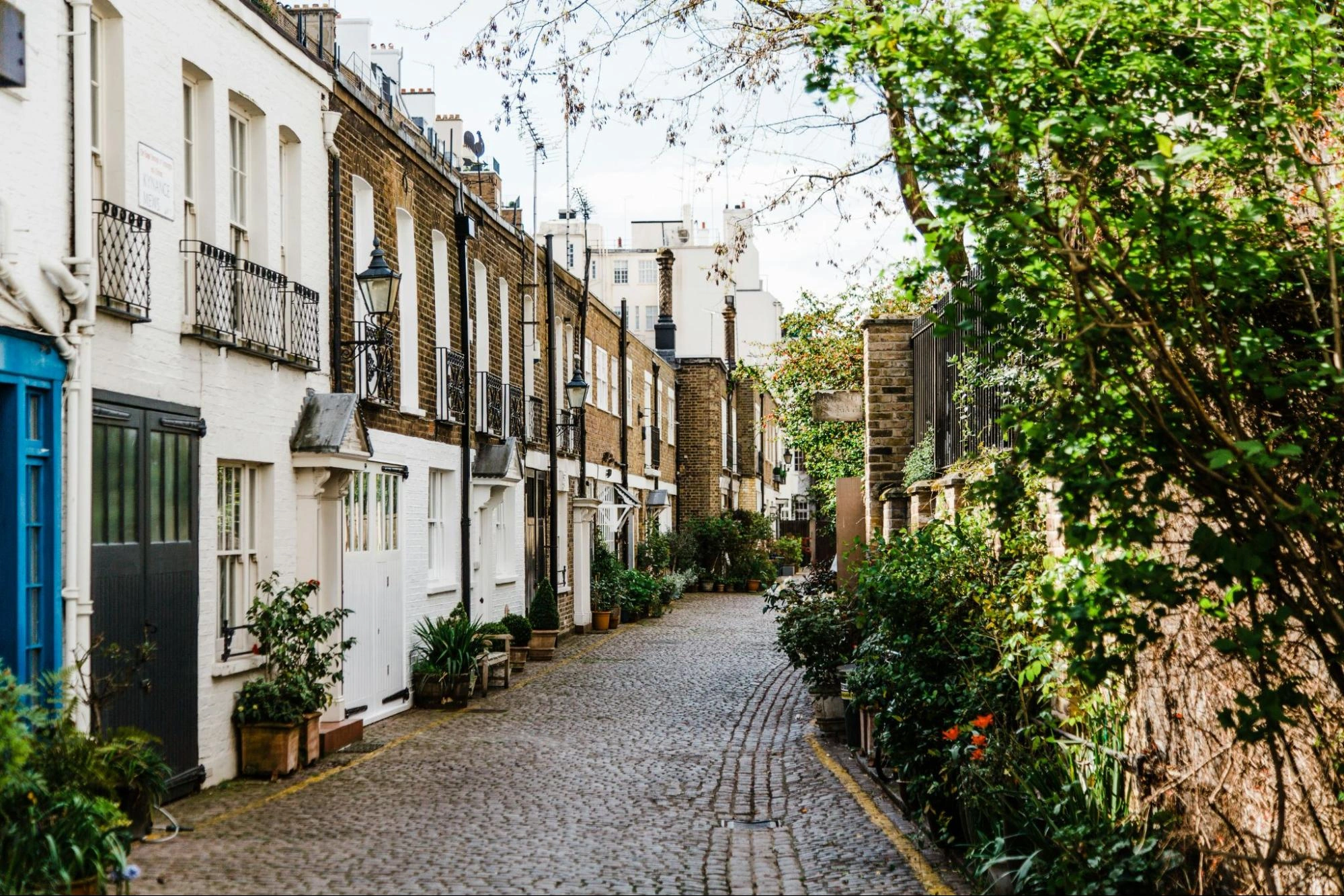 Common Challenges When You Buy Property in London
Common Challenges When You Buy Property in London
